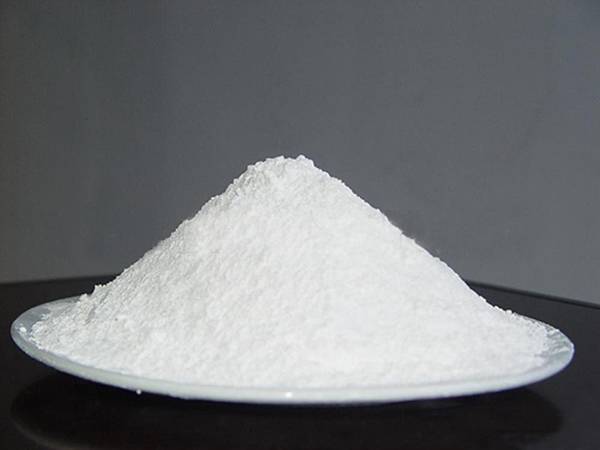



Exploring the Process and Applications of Chlorate Electrolysis in Modern Chemistry
Chlorate Electrolysis An Overview of the Process and Its Applications
Chlorate electrolysis is a significant process in the field of electrochemistry, primarily involving the anodic oxidation of chloride ions to produce chlorate ions (ClO3−). This reaction occurs in an electrolytic cell, where an electrical current is passed through an electrolyte solution containing chloride ions. The production of chlorate has important applications in various industries, including disinfection, bleaching, and the manufacture of herbicides.
The fundamental chemistry behind chlorate electrolysis involves the oxidation of chloride ions. At the anode, chloride ions (Cl−) are oxidized to form chlorine gas (Cl2), which can then react with hydroxide ions (OH−) to generate hypochlorite ions (ClO−). Under specific conditions, hypochlorite can further oxidize to chlorate ions. Meanwhile, at the cathode, water is reduced, typically producing hydrogen gas (H2) and hydroxide ions. The overall process can be summarized in a series of half-reactions and a net reaction that highlights the transformation of chloride to chlorate under electrolysis.
One of the crucial factors affecting chlorate production is the choice of electrode materials and the design of the electrolytic cell. Traditionally, inert anodes made from materials such as titanium coated with precious metals (e.g., iridium oxides) are used to enhance efficiency and longevity. The cell configuration, electrolyte concentration, and temperature also play significant roles in optimizing chlorate yield while minimizing side reactions that could lead to unwanted by-products such as perchlorate.
The chlorate produced through this method has several industrial applications. One of the most common uses of chlorates is in the paper and pulp industry, where it is employed as a bleaching agent. Chlorate provides a strong oxidizing potential that improves the brightness and quality of bleached paper products. Furthermore, due to its disinfectant properties, chlorate is used in water treatment facilities to kill pathogens, making treated water safe for human consumption.
chlorate electrolysis

Another important application of chlorate is in the production of herbicides. The compound is a precursor to various agricultural chemicals, particularly those designed for the selective control of weeds. Its effectiveness in disrupting photosynthesis in plants makes it a valuable asset in crop management strategies. Furthermore, chlorates have been utilized in the formulation of explosives, contributing to the pyrotechnics industry as well.
Despite its many applications, the production and use of chlorates are subject to environmental considerations. The production process can generate harmful by-products and necessitates careful management to prevent environmental contamination. Regulatory frameworks in several countries mandate the monitoring of chlorate levels in water bodies, given their potential to disrupt aquatic ecosystems. Moreover, workers involved in chlorate production must adhere to safety protocols to mitigate exposure risks.
Research into chlorate electrolysis continues as scientists aim to improve efficiency and reduce environmental impacts. Innovative approaches such as membrane electrolysis and the development of more sustainable electrode materials are being explored. These advancements could potentially lead to the adoption of greener technologies in chlorate production, aligning industrial practices with sustainability goals.
In summary, chlorate electrolysis is a pivotal process in electrochemistry with diverse applications in industry. From paper bleaching to pesticide production, the importance of chlorate cannot be overstated. However, it is equally crucial to pursue more responsible production methods and manage environmental impacts effectively. As research progresses, the potential for more efficient and environmentally friendly chlorate production methods remains an exciting avenue for both industrial application and scientific exploration.
-
Why Sodium Persulfate Is Everywhere NowNewsJul.07,2025
-
Why Polyacrylamide Is in High DemandNewsJul.07,2025
-
Understanding Paint Chemicals and Their ApplicationsNewsJul.07,2025
-
Smart Use Of Mining ChemicalsNewsJul.07,2025
-
Practical Uses of Potassium MonopersulfateNewsJul.07,2025
-
Agrochemicals In Real FarmingNewsJul.07,2025
-
Sodium Chlorite Hot UsesNewsJul.01,2025










